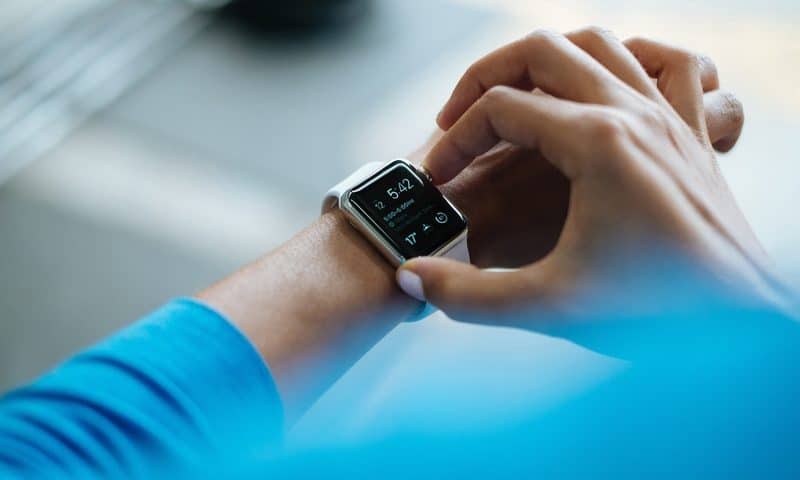The smartwatch on your wrist already reminds you to get more steps in throughout the day, alerts you to new emails and even takes regular pulse readings. But its insights aren’t only skin-deep: According to the results of a long-term study, physical data collected by wearables can be directly linked to physiological changes typically diagnosed through clinical testing.
Led by researchers from Stanford Medicine and funded by the National Institutes of Health, the study followed 54 volunteers over the course of more than three years. Each participant was given a smartwatch to wear that tracked their step counts and took heart rate, skin temperature and electrodermal activity readings.
The volunteers also underwent regular clinical tests—using traditional testing methods like heart rate monitors and blood draws—to measure heart rate, red and white blood cell count, blood oxygen levels and more.
When the two sets of data were compared, the researchers found direct correlations between smartwatch-collected information and the results of traditional lab diagnostics.
Heart rate measurements, for example, could be used to predict changes in red blood cell count and oxygen-carrying hemoglobin—and drops in electrodermal activity, essentially measures of sweat output, were closely tied to dehydration.
Meanwhile, when the wearable devices tracked simultaneous increases in skin temperature and decreases in physical activity, the researchers noted that the wearers were more likely to have higher immune cell counts, indicating that they’d contracted a cold or the flu.
On top of all of that, the smartwatches were also found to provide significantly more consistent—and therefore more accurate—heart-rate readouts than those typically gathered in clinical settings.
According to the researchers, even though wearables’ readouts can’t be used to make definitive diagnoses on their own, the study’s results suggest that the devices could one day eliminate the need for patients to travel to a clinic for another battery of tests to track their overall health or post-op recovery.
“I think this is just the beginning,” said Michael Snyder, Stanford Medicine’s chair of genetics and the head of the lab that conducted the study. “Devices are becoming much more sensitive and with many more capabilities. As the technology continues to advance, people will be better equipped to understand what’s going on with their own health in real time, just through their wearable devices.”
Device makers and researchers the world over have been on a mad dash as of late to glean more information from the mountains of precious health data collected by wearables. Last fall, for example, another study found that heart rate, step count and sleep data gathered by Fitbits and other smartwatches could predict positive cases of COVID-19 with about 80% accuracy.
And just last month, Johnson & Johnson’s Janssen pharmaceuticals division tapped PhysIQ’s artificial intelligence-powered analytics platform to draw deeper insights from biosensors worn by participants during clinical trials.

